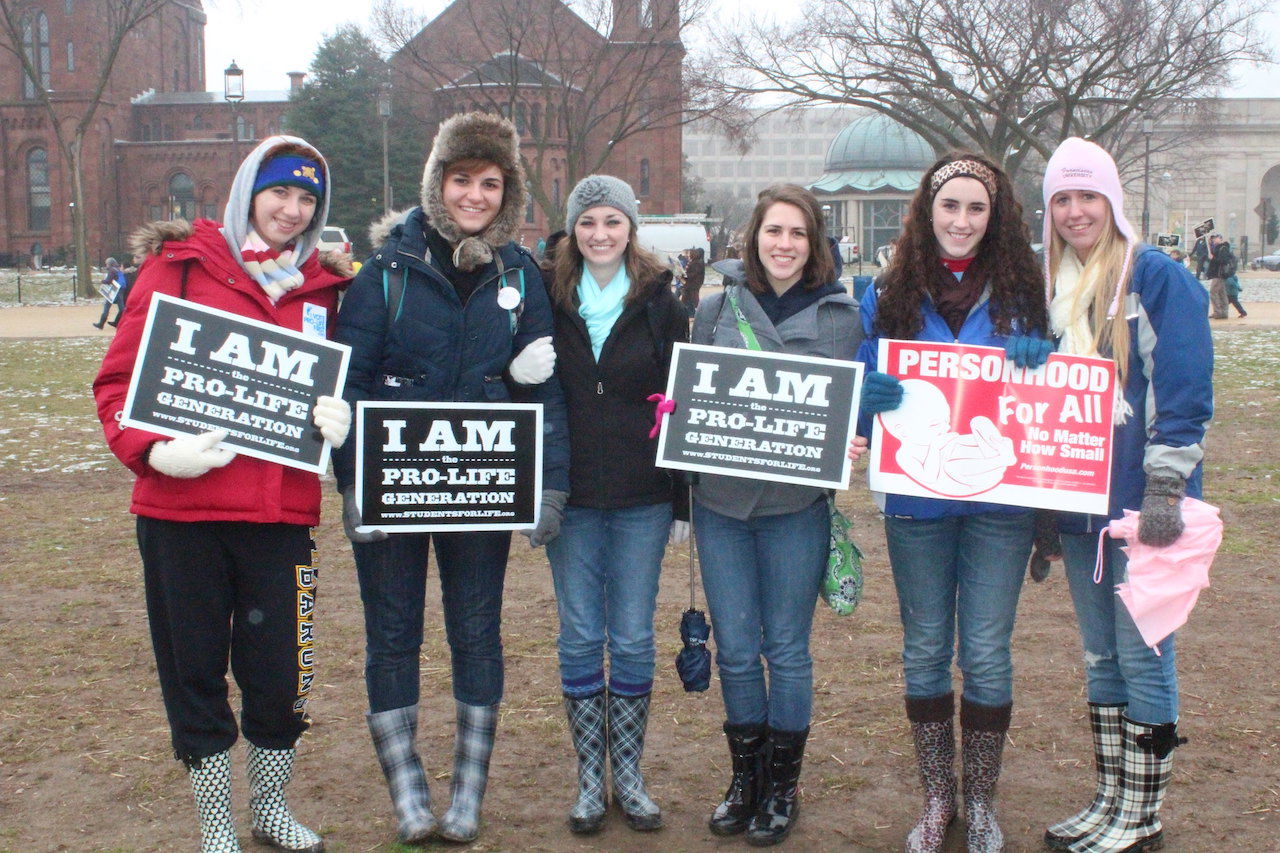Highlights
Last week, the Centers for Disease Control released a report touting a “significant” decline in teen sex—14 percent for females and 22 percent for males—over the last 25 years. The topic is what Internet media types call “clickbait.” Sure enough, within hours, headlines like TODAY’S TEENS ARE HAVING A LOT LESS SEX THAN PAST GENERATIONS and TEEN SEX RATE LOWEST SINCE THE 1980S appeared like so many paparazzi at a Kim Kardashian shopping spree. Read the whole report, however, and you may be disappointed—or not, depending on your view of these matters and the age of your children. What the numbers really say is that with the exception of using more emergency contraception—a.k.a. “the morning-after pill”—teens haven’t changed their sexual habits much since the agency’s last survey in 2002.
Here are the facts. Sexual activity among 15- to 19-year-olds peaked by the early 1990s. The CDC’s 1988 survey reported 51 percent of females and 60 percent of males between the ages of 15 and 19 had experienced sexual intercourse at least once. That number fell by the beginning of the new century. By 2002, 47 percent of female teens and 46 percent of male teens reported being sexually experienced. As of 2006, the percentage among females fell another 2 percentage points. That’s where it remained until 2013, the date covered in last week’s report. Boys’ sexual activity, the report concedes, saw only “an insignificant change” since 2002. In other words, the “significant” drop in teen sex cited by an apparently publicity-hungry CDC occurred in the 1990s. Since 2002, early sexual activity among girls has declined only slightly, and since 2006, it hasn’t declined at all among girls or boys.
Continue reading at City Journal...












